-
Posts
2,694 -
Joined
Content Type
Profiles
Forums
Gallery
Events
Articles
Posts posted by constanius
-
-
It has a Sasanian king, and a sacred fire altar and attendants reverse, not my area, but this link is a start
http://en.numista.com/numisdoc/sasanian-coins-186.html
I have never seen a square one, so I am not sure if it is a genuine coin.
Another great link for Sasanian silver coins
http://www.beastcoins.com/Sasanian/Sasanian.htm
This is one I have owned for many years, in poor condition.
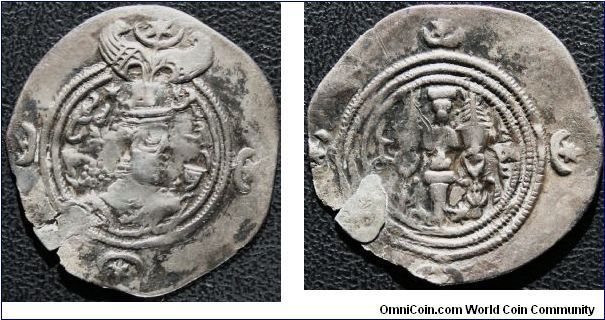
Sassanian Silver coin of Khosrau II (Xurso II). Year 6. head of king. Rev. Fire Altar. mint jjo circa 600 AD.
-
First one here looks to be this http://www.the-saleroom.com/en-us/auction-catalogues/baldwins/catalogue-id-srbal10026/lot-9986bd7a-6403-4067-a5f4-a5090119e408 Art Medals, India, Silver Medal of Good Fortune, the Goddess Lakshmi standing on lotus flower, dropping coins into the water, swan to left and elephant right, rev decorative motifs, SHH below, 51mm, 50.49g
From your picture it is not possible to be sure, but you can check weight and having the medal in hand should be easy for you to decide.
If not it is something very similar.
-
Second is Burma 5-PYAS (KM33) Chinthe. This scalloped coin was issued from CS1314 to CS1328 (1952-1966).
Chinthes -- mythological half-lion half-dragon creatures -- are all over Burma (now Myanmar), especially as the undefeatable guardians of Buddhist temples.See one here http://www.coinzoo.net/asia-world-coin-collection/item/burma-5-pyas-km33
-
William Wellesley, the Master of the Mint, was commanded to manufacture the Waterloo Medal and planned to strike approximately 40,000 medals in bronze to supply the demand. Work commenced almost immediately on rolling the copper, cutting the blanks and preparing the dies. The task for engraving the medal dies fell upon Thomas Wyon, Jr.After trial strikes of different sizes but similar designs in Bronzes, the final choice was made, at least one of the final design was made in bronze, so there could well have been a few struck in bronze before George Prince Regent decided to have all the medals struck in silver.
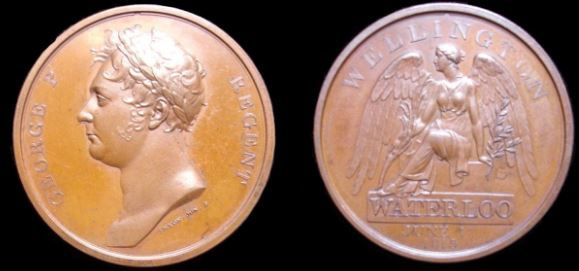 If yours is brass, not unearthed bronze, perhaps they struck a few in brass to test the dies or for alignment, that does seem improbable as brass is harder to strike than copper which is to be later bronzed, if you think it could bronze well it might not actually be a trial piece but just one of the possible ones struck prior to George's change of mind.The only other options, to my mind at least(if it is brass), is it is a copy or intended as a fake.EDIT
If yours is brass, not unearthed bronze, perhaps they struck a few in brass to test the dies or for alignment, that does seem improbable as brass is harder to strike than copper which is to be later bronzed, if you think it could bronze well it might not actually be a trial piece but just one of the possible ones struck prior to George's change of mind.The only other options, to my mind at least(if it is brass), is it is a copy or intended as a fake.EDIT
-
-
Really like these 2.
-
Our Lady of Guadalupe & the Old Basilica of O.L.o.G. are shown on the medal.
There are many medals of her, have no more info.
http://www.britannica.com/topic/Our-Lady-of-Guadalupe-patron-saint-of-Mexico
-
Better late than never.......Happy Birthday live


-
I have a soft spot for bi-metallics, nice.
When searching it is useful to use bi-metalic & bi-metallic spellings, as both are in common usage.
-
I, LeSnipe, do not be understanding American talk of "Gkad". To be speller of decent qualities is stressed in educational systems of Belgium.
The K & L are side by side on our keyboards, just a simple typing error, does not mean the writer is a bad speller per se.
I could not help noticing that "LeSnipe - to say more is to bable" perhaps you mean babble?

-
So glad you are back Art.
-
I'm thinking of putting away an ounce of silver each month for each of my Great-grandsons. Would be a nice kickoff when they reach college age. I have a company I use online to purchase 1 oz bars. Have to get 10 at a time.
Splendid idea.
-
Made my day to see a post from you Art

-
7 years after this post I am happy to write that the medal is back in the Snipper family.
I managed to find a granddaughter of Donald R. Snipper, who just so happens to have a very young baby boy named Donald in memory of her grandfather.
-
I agree yours appears to be unique.
The general description for #182(alas no image), unsigned, statue left, LUD, Roman numerals for date, and size all fit and it is the only one in Henin that matches all that.
There appear to be numerous examples that fit that description so I suspect that these were struck for many years.
Mitchiner might have a match, I have no access to that though I wish I had, I think Ian has a copy, hopefully he will see your post Bob.
-
I made a composite image of all the types in Hennin. #180 is signed IC Reich, #181 is signed Reich, #182 though unsigned is a Nuremberg issue.
Hennin only shows an image of 181(the last one in my illustration) but uses it for 182 as well, but 181 uses LVD and 182 uses LUD, so different obverses, also the statue faces right on 181 and left on 182. 182 is a lot cruder. Doing a Google image search for OPTIMO PRINCIPI JETON, 182 is the most common, though there seems to be more than one variety. He also,though he includes 181 and 182 with the others in 1870, he doubts that date. None of the many varieties of 182 seem to have "comes betwixt ET & NAV" spacing though.
"181 The reverse of this variety, bearing the date 1744 had probably served for another prince, and has been erroneously used for this token. One might also think that certain coin was minted during the reign of Louis XVI, prior to the time of the revolution. It would be impossible to have exact information on these German chips, and the uncertainty of the exact date of it and the next, I thought it best to publish them by classifying them. then, with the first pieces of the same nature which occur in chronological order. Reich is the name of the manufacturer of this piece [24mm]
182 optimo principi (To the best of princes). equestrian statue on its pedestal, left. Highlighted: mdccxliiii. [24mm]"
So yours is probably just a variant of Hennin#182, probably also by Reich and 24mm is the correct size.
-
Yes, well stated extant4cell.
I wish more people would, if not embrace, just accept history and stop trying to air-brush it. Judging history and the people involved by today's standards(whatever that means) is wrong and often means the people doing the judging now do not really understand the context of those past times. The world did not come into existence with preordained countries with fixed borders, universal mores or religions, or with established laws & forms of government. It was, and still is, a work in progress.
A Russian born into the imperial family could no more chose his own parents than could a peasant. Each would be shaped by their birth & circumstances and neither should be blamed for that. If one became Tsar and believed it was his divine given right & duty to rule his nation and the other sought personal & national freedom by trying to destroy the imperial system who are we to judge them?
Because of my ranting I almost forgot.........I do like the new coins.
-
The medal itself was struck in 1880 for the 1730-1880 Sesquicentennial of the Founding of Baltimore.
The counterstamped lettering must therefore have been after 1880 and, seeing as he was 57 in 1900, I opted for circa 1890's as a likely date for that.
Showing his name the right way up meant that the design is the wrong way up, which explains the upside down "30" and what appears to be a torch is the Baltimore War Memorial.

Enjoy your trip/visit TDP

-
I purchased this at a Buffalo, NY. coin show many years ago, along with others tokens from a dollar box of items. Never looked at it again till today whilst doing some organizing. What a pleasant surprise.
It is the counterstamped T B HOMAR which is of interest. Being such an unusual name I have been able to identify the man, Thomas B. Homar.

The medal was struck in 1880.
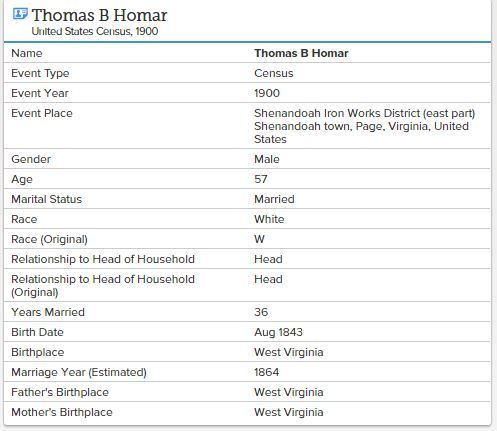
His spouse was Fannie L. Homar. He is listed on the original document as a carpenter.

During the Civil War he was in the Confederate 12th Cavalry Regiment [also called 10th Regiment] it was organized at Conrad’s Store, Virginia, in June, 1862, with companies from the 7th Regiment Virginia Cavalry. The unit served in W.E. Jones’, Rosser’s, and J. Dearing’s Brigade, Army of Northern Virginia. It fought in Northern Virginia, in the Maryland Campaign, at Brandy Station, then was involved in various conflicts in the western part of Virginia. The regiment continued the fight at Bristoe and Mine Run, in the battles around The Wilderness and Cold Harbor, and in Early’s operations in the Shenandoah Valley. During mid-April, 1865, it disbanded.
He is also listed in the Muster Roll of Twelfth Virginia Cavalry(Laurel Brigade), Army of Northern Virginia with Company A. -
I can't help you but those are pretty neat. I say keep them because of your father's journeys
What he said.
-
Good deal!
Gorham Sterling is a great name for a silver company.
-
The medal itself was quite poorly made, the portrait hopefully does not do the Dowager Empress' looks justice but because the portrait was done soon after she was widowed she might deliberately have made herself look dour, I do not mean to rule out that she was devastated by her husband's death.
It would not have been politically correct to appear beautiful and happy, as if she was glad he had died, especially as she had been the Empress but now her step-son had become Emperor maybe she felt her station in life was tenuous.
Happily for her the new Emperor liked and trusted his step-mother and she enjoyed many happy years after this portrait was done.
-
The 1841 census only lists occupants, ages, occupations & street names but not house numbers. But by cross referencing directory lists of publicans with the names and addresses of the inns on Suffolk st. & the census of Suffolk st. I have established that
William Kettle(son of Thomas & Mary Kettle & brother to Thomas Francis) & his wife and young children occupied 97 Suffolk st.
Mary Kettle(owner) & Thomas Francis Kettle(her son & future owner) occupied 98 Suffolk st.
99 Suffolk st. is listed as Unoccupied, so was used only for the business.
This explains why, when the business was sold to Hobson c. 1860 his company only occupied 99 Suffolk st., the Kettles still lived at 97 & 98.
-
When I saw this exquisite item on Boris Wilnitsky Fine Arts site I knew the inspiration for the portrait on my medal.
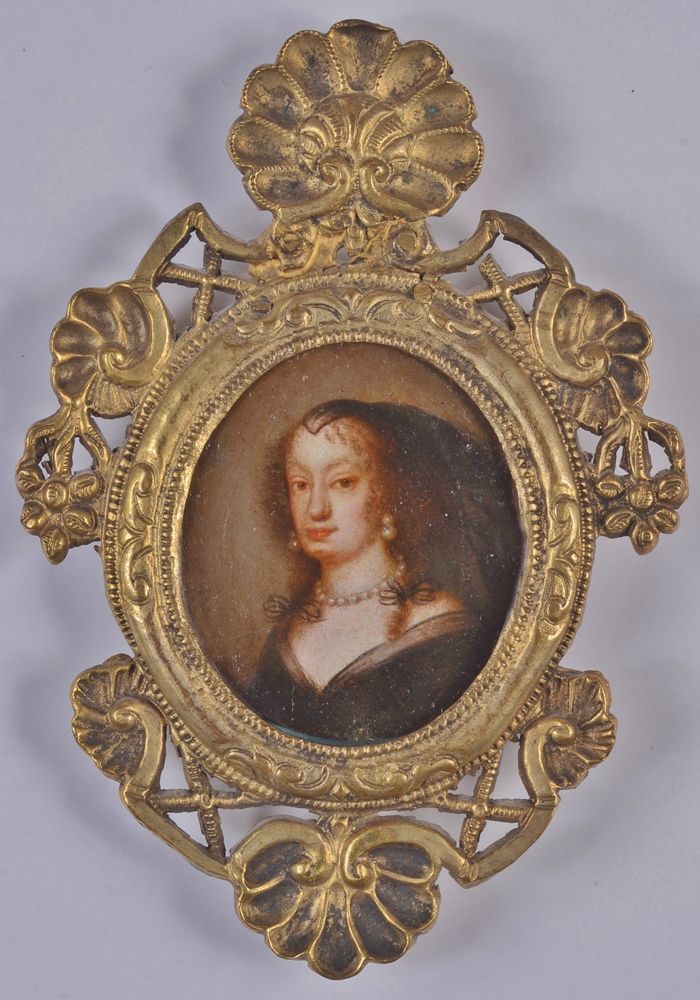 Image used with the kind permission of Boris Wilnitsky Fine Arts. All Rights Reserved.
Image used with the kind permission of Boris Wilnitsky Fine Arts. All Rights Reserved."This high quality miniature portrait of Eleonora Gonzaga (1630-1686), third wife (now already a widow) of Holy Roman Emperor Ferdinand III was made by one of the Dutch artists working in 17th century at Vienna Court" size without frame, 4,9x3,9cm/1,9x1,5in oil on copper oval.
Using direct comparision, it is clear the medallist tried to show the wispy nature of her hair, particularly to the far side of her face, which helps to give the portrait the illusion of greater depth.
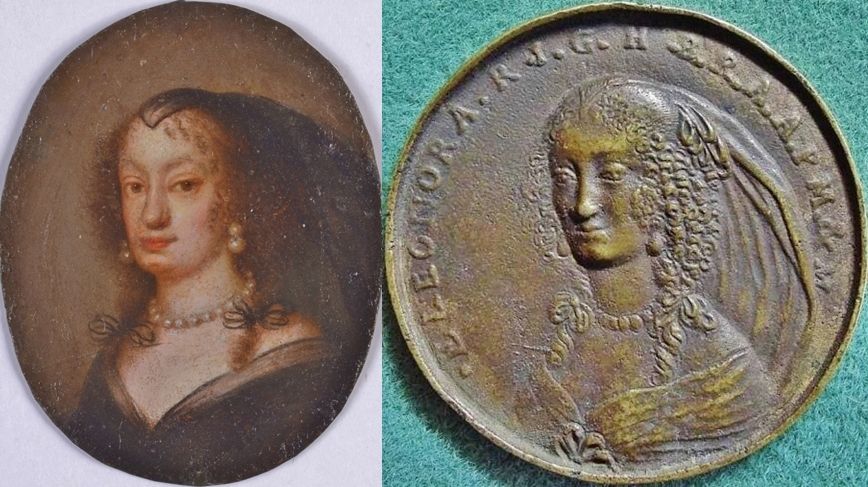
Image used with the kind permission of Boris Wilnitsky Fine Arts.
All Rights Reserved.


Are these coins/muhar/replica?
in World Coin Forum
Posted
It has a Sasanian king, and a sacred fire altar and attendants reverse, not my area, but this link is a start
http://en.numista.com/numisdoc/sasanian-coins-186.html
I have never seen a square one, so I am not sure if it is a genuine coin.
Another great link for Sasanian silver coins
http://www.beastcoins.com/Sasanian/Sasanian.htm